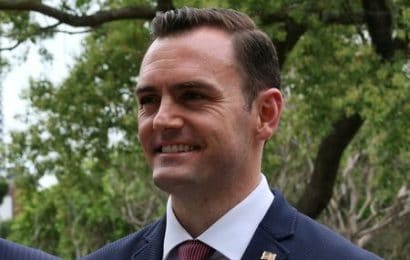Spirit Airlines (SAVE) gets a bad rap for allegedly providing inferior service as a budget airline. Though Spirit’s profit margin is decreasing, there is reason for hope: margin pressure is beginning to dissipate, unit revenue growth looks solid and fuel prices are still more than reasonable. Spirit’s latest guidance update indicates the airliner’s capacity increased nearly 17% on a year over year basis, beating internal estimates. As a result, Spirit’s aggregate revenue climbed 12%, hitting $970 million.
Spirit bulls are enthused by the fact that its adjusted costs for non-fuel units bumped up slightly more than 3%. This minimal increase is considered a victory from the perspective of Spirit executives and investors as the hike is toward the lower end of the company’s forecast. If Spirit ends up reporting a fourth quarter adjusted earnings per share (EPS) around $1.24, it will be considered progress. However, this short-term victory is somewhat tempered by the fact that an EPS around $1.24 constitutes a 10% decline on a year over year basis. Still, the company’s prior quarterly forecast indicated Spirit executives expected a whopping 28% EPS reduction. In other words, Spirit investors have that much more reason to be enthused.
The bottom line is Spirit is still quite the affordable stock. The Miaramar, FL-based budget airline is likely undervalued at its current price of $42. Though well-established adults and those on salary as opposed to an hourly wage might scoff at the idea of flying with uber-cheap Spirit, the bottom line is the masses are more than willing to buy plane tickets from the airliner. Investment analysts far and wide agree Spirit has fantastic growth prospects across posterity. Do not let a rough 2019 sway you into the Spirit bear camp. Last year’s combination of untimely runway closures at airports often used by Spirit along with inclement weather was merely a setback for the airliner. Though airport costs are spiking in ’20, Spirit executives have a solid plan in place to expand unit revenue at the same pace as unit costs, helping to boost or at least stabilize margins, ultimately setting the stage for a successful new year.






